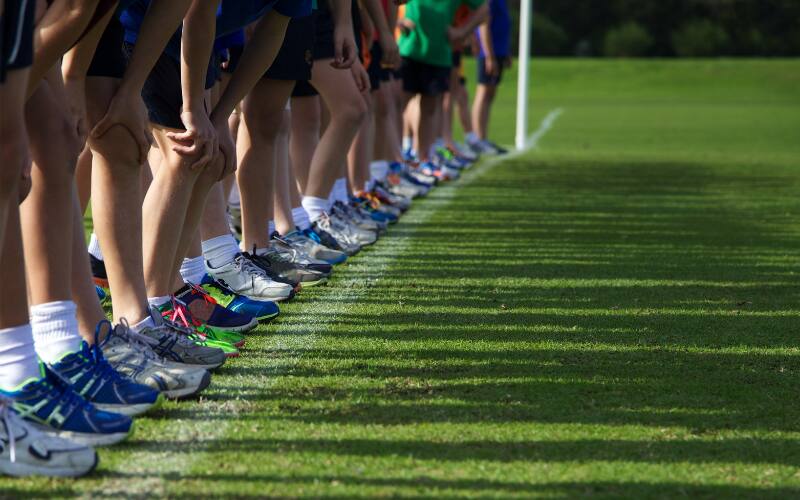
For generations, using exercise as punishment in youth sports was the norm. The practice has even been romanticized, like in the movie Miracle where hockey players are forced to skate seemingly endless ‘suicide’ drills after a bad loss.
But in a time when people already have enough trouble getting exercise, it’s a disservice to use exercise as punishment, which paints it as something negative instead of something that should be enjoyed.
In fact, using exercise as a disciplinary tool is considered corporal punishment and thereby illegal in more than half of U.S. states, several of which also have laws against withholding exercise (e.g., keeping kids from recess). The Society of Health and Physical Educators (SHAPE) has also made an official statement shunning the practice.
At the end of the day, youth athletes are still kids. So, if taking more laps at the end of practice shouldn’t be used as punishment, what can be done to hold athletes accountable?
Alternative 1: Verbal Warning
Even if an athlete has a penchant for acting independently from the team, sometimes being called out in front of peers can be enough to create a positive behavior change.Be wary, however, that drawing attention to misbehavior can feel like a reward to some kids, so consider carefully whether a one-on-one approach would be more effective than addressing them in front of the entire group.<
Alternative 2: Academic and Non-Traditional Punishments
If coaching a school-sponsored team, research if school-related punishments, such as before or after school detention, can be handed out to youth athletes that violate their team or sport rules. In addition to being an effective punishment any student-athlete would want to avoid, it might further underscore the importance of acting in a mature manner in organized settings.
Instead of exercise as punishment, the United Kingdom’s education secretary once explained the value of alternate and equally undesirable punishments, such as “writing lines, picking up litter in playgrounds, weeding, tidying classrooms and removing graffiti,” that would not blacken an athlete’s view of exercise.
For athletes on non-school teams, this idea could transposed into cleaning up the court after practice, or writing an essay about their role on the team or why it’s important to keep a cool head.
Alternative 3: Brief Removal
If an athlete’s transgression resulted from frustrations about a call or heated moment during a game, it’s the coach’s responsibility to step in and pull that player from the game for as long as it takes. Depending on their role on the team, the punishment might come with the added of weight of having to watch their teammates struggle without them.
Not allowing them to re-enter until they have regained their composure also communicates that their behavior has no place in sports, no matter how frustrating the context. Explain that it’s the coach’s job to discuss issues with the referee or to point out dangerous play, not theirs.
Alternative 4: League Action
If a misbehaving player’s infraction is something that is endangering other players, it may be time to have the league or conference get involved. Depending on the seriousness of the offense, the league might bar the player from playing for a match or more.
Often just making athletes aware that removal is a possibility, whether at the beginning of the season or when they start to act out, is enough to elicit a positive behavior change.
Alternative 5: Establish Expectations
The need for any disciplinary action can possibly be avoided before the season begins by firmly establishing behavioral expectations, such as always shaking opponent’s hands after the game, participating to the best of one’s abilities in drills, and never shouting at a ref. It’s also important to clearly define the punishment for such behavior.
Setting goals that all athletes and the team feel strongly about can also reinforce positive behavior.
In the end, it’s about creating an environment that athletes want to support and finding ways to create behavior change in a positive way.
About TrueSport
TrueSport®, a movement powered by the experience and values of the U.S. Anti-Doping Agency, champions the positive values and life lessons learned through youth sport. TrueSport® inspires athletes, coaches, parents, and administrators to change the culture of youth sport through active engagement and thoughtful curriculum based on cornerstone lessons of sportsmanship, character-building, and clean and healthy performance, by creating leaders across communities through sport.

